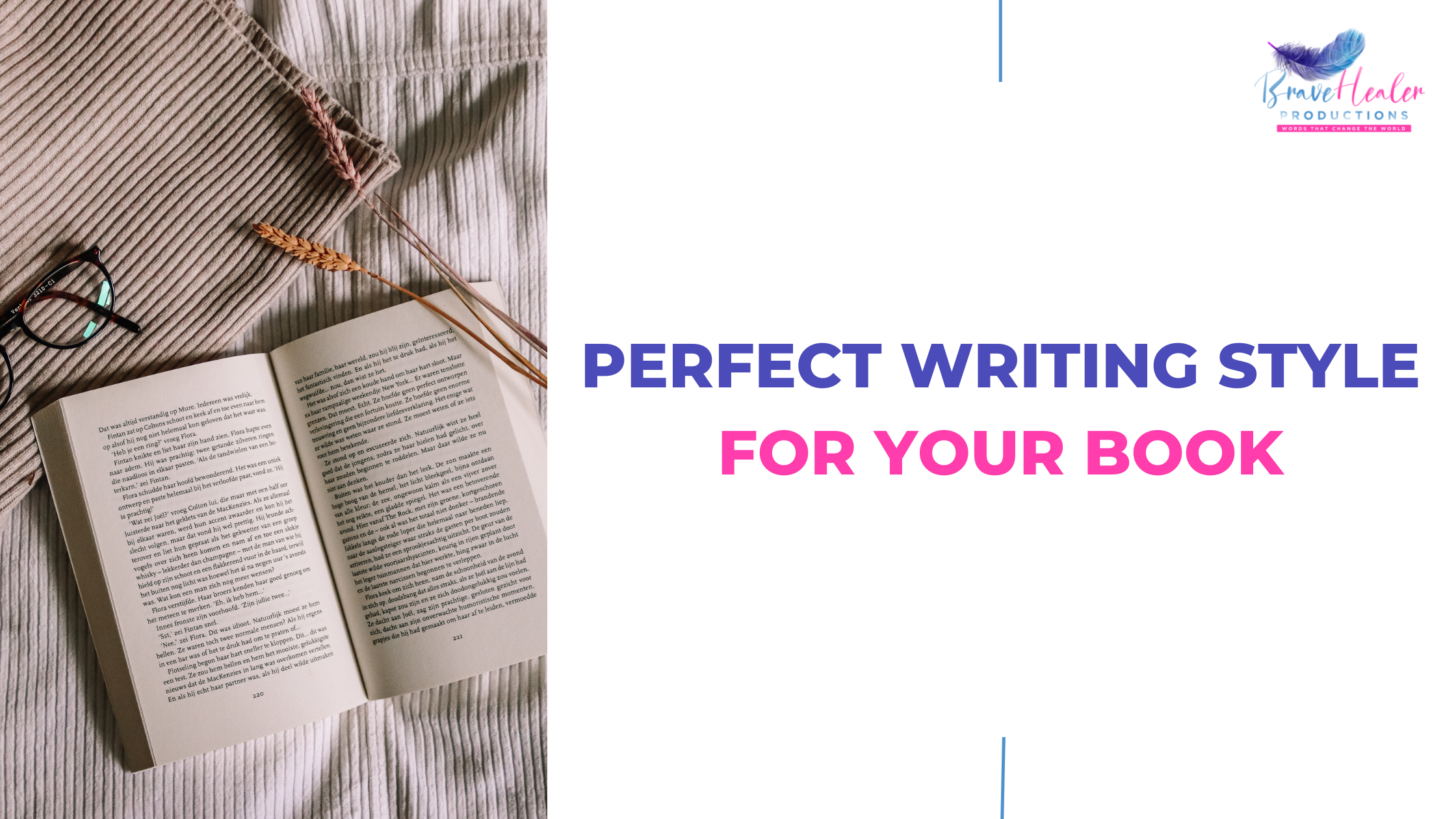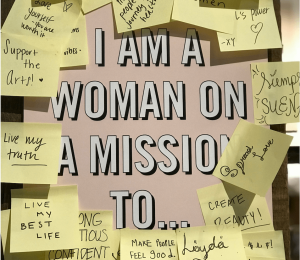Writing styles are essential to every writer, not just to traditional writers but also to bloggers. Most writers have a particular style that they follow when writing. No two books can ever be written in the same way. That is to say, no two authors can think the same thoughts and write it in the exact same style. Thus, in order to solve this problem, there exist several writing styles that you can choose from. In this article, we will discuss what those styles are and which ones should you choose for your book publishing.
But, before we get to that, it’s important to understand the entire concept of writing styles and why are they even necessary to study and abide by.
“Writing style is the way an author’s thoughts are expressed in words. It has to do with how words are structured and written to express their meaning. Writing styles are easily understood as readability, voice, choice of vocabulary, and even length.
If you like to write and want to get better at it, our Writers Circle can help. Our book writing coaches offer tips on improving your writing style, as well as advice on how to write in a manner that will sell copies. They’ll even provide constructive feedback that will help you in writing your book.
5 Different Writing Styles You Can Choose From
Below are a few mentioned styles you can choose from:
Persuasive
As implied by the word, you will in this scenario convince your readers by using reasoning and by tempting them to keep the page turning at various intervals.
This style is used to express your opinions on subjects and elongate those ideas. Every statement that you write here has to be backed up by numerous statistical or logical statements. Blatant words without supporting statements and incomplete information cannot work in this style of writing.
Narrative
Under this style, you can build stories, introduce narrators, connect facts, and make your non-fiction book in a way, fiction. It captures an entire journey, which means it has a beginning, an interval, and an ending.
It has been known for centuries that we can build stories and that’s what makes them last for eons to come as well.
This is the style that you see in movies, novels, comic books, shows, and everywhere and these are the things that have been hooking in audiences from the get-go. Thus, include this style in your book publishing and see the sort of impact it has.
Descriptive
This one can be best used to establish a scene. It is to make the reader feel as if they are present in the scene. One can make use of all five senses to present a scenario and provide the audience with a sensory experience. For example: what should your readers imagine as seeing (eyesight), what should they imagine smelling (nose), what should they imagine the environment to be like, what sounds do they hear (ears), what do things taste like (mouth). When introducing a new chapter and you want detailing, this style suits you the best.
Let your readers read through those details before leading them to an ultimate climax. Remember to not go overboard here but don’t even keep it extremely short; so that no one is unable to read it.
Expository
Hard-hitting facts and statistical information are difficult to fit into novels. But, depending on how you encompass it, you can always interestingly spill the beans.
The goal of this writing style is to teach the readers. One interesting thing you can do while using this technique is to surprise the readers by using facts that work as shocks to the audience. It is written from a third-person perspective.
Objective
A style that is very common in nonfiction and is supported by facts and pieces of evidence. It’s a hard style to write about as the authors must remain unbiased and not let their personal opinions or biases come up in their styles of writing.
in-brief
In our tips for improving writing style, we recommend new and budding writers to try and experiment with as many styles as possible to find what fits them suitable.
In addition, you don’t need to rely on one form of writing. For example you can use a combination of all of the writing styles in nonfiction. For example you can start a book with a narrative writing style–in which you can hook readers into a story–followed by sensory details that entail descriptive writing. Furthermore, you can make use of persuasive writing and include emotional appeals as well as steps that readers can take at the end of your book.
If you have any questions about writing or publishing a book, feel free to contact us at Brave Healers. We can help you either collaborate on a book or on writing a chapter or become a lead author of a collaborative book. Furthermore, Our Writers Circle can help you build and enhance your skills by helping you stay on track with your writing practice, and providing a schedule and community for support, growth, encouragement, inspiration, and honest feedback. Get started on your journey to becoming a writer!








